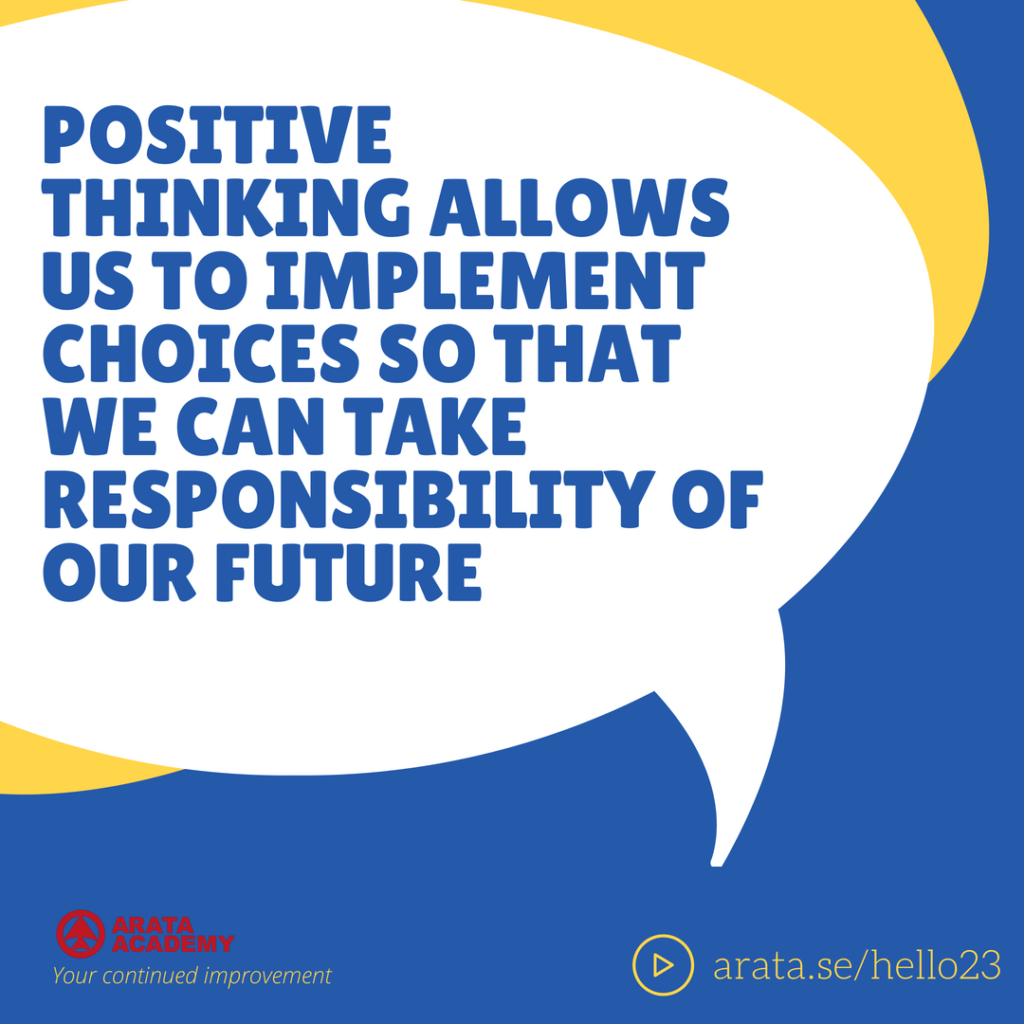Hello! Seiiti Arata. So, December has come around fast, and most of us are now preparing ourselves to see what the New Year will bring. New Year’s Eve is the perfect time to get started with our boldest dreams, and we will start to make use of wishful thinking in order to imagine how things will be better.
But what does scientific research have to say about the effectiveness of positive thinking?
When we use the power of optimism, do we actually become more effective to go after things? Or will we just delude and distance ourselves from reality, at a loss because of our most romantic vision of the future?
To understand the good and the bad side of positive thinking, we will first make a brief explanation of what positive thinking is.
1. The Power of Positive Thinking
This is the most classical book on the positive thinking area – It has sold millions of copies and continues to sell worldwide. It is one of the first books that says by changing our way of thinking, we can change our lives.

In line with positive thinking, we understand the negative feelings like fear, anxiety, pessimism, inferiority and anger as an enemy that we must defeat.
The reason given by the book is that when we are affected by negative thoughts, it is more likely that negative experiences will enter our lives. Imagine you are a bachelor at a party and want to start a conversation with an attractive person. If your inner sense of worthiness is low, and you think that you will be rejected, your negative outlook will have a big impact on the quality of which you approach the situation. I.e. The negative thoughts ended up working as a prophecy that came true: What you thought would go wrong, did go wrong.
What the line of positive thinking says is that we have the power to build our life the way we want it. To change the circumstances, we must first start to change the way we think.
We focus on the positive, and believe in success to overcome the obstacles ahead. We can focus in detail what kind of results we want. We also view our problems and think about how to solve them.
2. Limits of positive thinking
That said, let’s see some of the points on positive thinking that deserve criticism. The first is obviously the reality distortion that can lead us to bad choices.
Say I have a serious illness, and I’m feeling the first symptoms of the disease at an early enough time, it would be appropriate to go to the doctor to get a diagnosis and start treatment. However, incorrect application of positive thinking would be to ignore the symptoms and hope it will cure itself, when in fact the situation will only worsen.

Another more subtle effect is the guilt of the victim. We live in a world where there is inequality and all attempts to create a perfectly egalitarian world have failed. Some people are born into families that have more resources than others, and some people are born with genes that can lead to disease in later life. Even the height of a professional correlates with their pay and leadership positions that can occupy.
On the one hand, there is rather a whole set of actions that we can implement to take responsibility for our future and that’s great. But we do not want to pretend that inequalities do not exist. For if we assume that everyone has the exact same conditions, this can lead us to a thought that the failures are to blame for not trying enough. It is the guilt of the victim.
3. Beware of denial
Therefore, see that denial is what we want to avoid. To live more conscious lives, we must learn to use the power of positive thinking without falling into illusions that lead us to bad choices.

Another point to discuss is that it may not be possible to apply positive thinking to the fullest. I recommend a book that tells us how we can not really stifle our emotions and pretend they do not exist. That is to attempt to use positive thinking and turn off the feelings of fear, anxiety, vulnerability, shame, sadness and imperfections. It is worth reading the whole book.
Without a minimum of positive thinking, there is no hope that I will start anything. I do not go after my dreams. By the way, I will not even dare to dream!
What we’ll explore in the next video is how to not run away from negative thoughts, but to always replace them with positive thoughts. What we can accomplish is rather a reinterpretation, a reframing and to get along better with negative thoughts, by accepting that they are a part of life.

